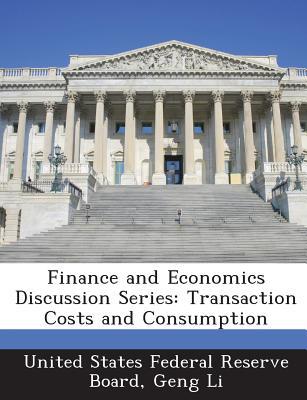Question
You work for the CFO of a publicly traded company that is considering raising money through a debt offering. One point that came up between
You work for the CFO of a publicly traded company that is considering raising money through a debt offering. One point that came up between the CEO and CFO when discussing possible alternatives was the somewhat arbitrary choice that you have when determining your coupon rate. You need to raise $400m to fund the initial investment of an expansion project that is highly valuable, but cash flow negative for the first couple of years. You are considering two variations of a bond offering to fund this project: 1) a fixed-rate 5% coupon bond, 2) a zero-coupon bond. In both cases, the bonds mature in 10 years, coupons are payable annually, face value per bond is $1,000, the yield on risk-free Government bonds is 1.5% and the credit spread commensurate for bonds with your type of risk is 2.5%. Note that you need to pay the investment banker 1% of gross proceeds for their services and your net proceeds must be sufficient to fund the initial investment.
Option 1: How many 5% coupon bonds do you have to issue today to fund your $400m initial investment, how much interest are you paying in total over 10 years, and what do you owe at expiration in ten years?
Number of $1,000 face value bonds issued (round up to next full unit)?
a. 373,728
b. 331,507
c. 305,449
Dollars in interest paid over ten years?
a. $186,864,000
b. $165,753,500
c. $152,724,500
Amount owed at maturity?
a. $331,507,000
b. $305,449,000
c. $373,728,000
Option 2: How many zero-coupon bonds do you have to issue today to fund your $400m initial investment, how much interest are you paying in total over 10 years, and what do you owe at expiration in ten years?
Number of $1,000 face value bonds issued (round up to next full unit)?
a. 517,206
b. 598,079
c. 468,906
Dollars in interest payments made during the ten years?
a. $0
b. $68,906,000
c. $117,206,000
Amount owed at maturity?
a. $517,206,000
b. $598,079,000
c. $468,906,000
When deciding between the two options, the following statement is true:
a. As an issuing company, I am completely indifferent between the two variations of bonds
b. The choice will depend on the cash flows my project promises. The longer my project is cash flow negative the better I am off deferring my interest payments towards the end of the loan period, so the zero-coupon bond is the preferable financing option
c. The zero-coupon bond is better because I dont pay any interest, so my overall funding costs are much lower
Step by Step Solution
There are 3 Steps involved in it
Step: 1

Get Instant Access to Expert-Tailored Solutions
See step-by-step solutions with expert insights and AI powered tools for academic success
Step: 2

Step: 3

Ace Your Homework with AI
Get the answers you need in no time with our AI-driven, step-by-step assistance
Get Started


